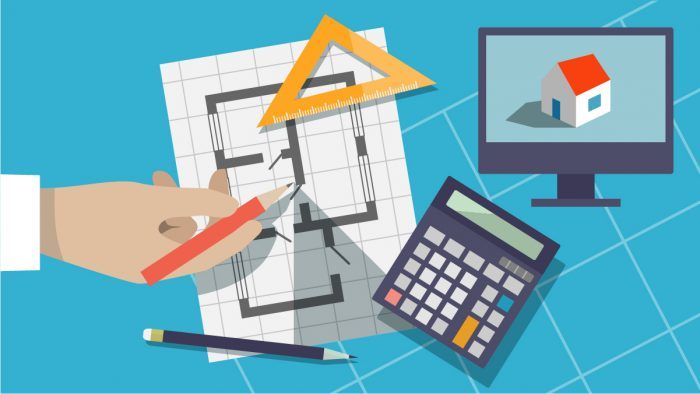Healthy Cash-Flow Management
Because income isn't as fixed as expenses, learn how to predict and track cash flow to maintain the profitability of your company and builds.

Many operating expenses of a construction business are payable at predictable fixed intervals: bimonthly payroll, monthly vehicle and insurance payments, quarterly and yearly tax payments, etc. However, the income that a contractor takes in rarely comes in on a fixed schedule and until a job is complete, it can be difficult to know exactly how much income that job has produced. Without diligent cash-flow management, the incongruity between income and expense schedules can put the health of a contracting business in jeopardy.
Remodeling contractors typically budget for a 5% to 10% net profit. For a contractor expecting to do $4 million in work over the course of a year, this yields a budgeted net profit of $200k to $400k for the year. The required gross margin needed to realize this net profit varies from company to company depending on the company’s operating expenses. This post will look at strategies to make sure your company retains that expected net profit by proficiently managing financials.
Tracking Expenses
Using a balance sheet and account payables information, financial managers can easily plot out a entire year’s worth of operating expenses on a spreadsheet. Our spreadsheet at TDS Custom Construction is broken down into weeks. This can help managers plan for months that will have extra expenses, like months with three payrolls or multiple quarterly invoice payments. However, these operating expenses are only part of the cash-flow story.
The act of actually producing the work creates a host of direct expenses: materials, trade-partner invoices, permits, equipment rentals, etc. that need to be covered to keep projects moving forward. A project estimate will catalogue these direct expenses and with some additional work, the estimate can give a financial manager a clear picture of when to expect these direct expenses to hit the books.
My estimate spreadsheet has a cost-summary tab that breaks down all of the project’s estimated costs into six phases.
- Mobilization & Site Phase
- Rough Construction Phase
- Rough Mechanicals Phase
- Exterior Finishes Phase
- Interior Finishes Phase
- Completion Phase
Referencing these phases against the baseline schedule of the project allows us to plot out the direct expenses for all our projects on our cash-flow spreadsheet. This knowledge gives us a complete picture of what our expected payables are on a month-to-month basis.
Tracking Income
When times are good and you have more work than you can seemingly handle, it is easy to fall into the trap of assuming that your monthly income will cover all direct and operating expenses. Unlike expenses, income does not come at a fixed interval as contracts between clients and contractors typically have payment schedules based on monthly or milestone billings. By knowing the estimated cost and schedule duration of each phase, you can create payment schedules when writing the contract to ensure that the income generated by each project will cover the expenses of the company. These progress payments can then be added to the cash-flow spreadsheet for the week they are expected to be received.
The Bottom Line
A successful remodeling contractor must be able to manage the ebbs and flow of money as it passes through the company’s books. Our cash-flow-projection spreadsheet gives us a bottom-line number that shows us the expected total amount of cash on hand at the end of a given month—and it isn’t always pretty. Keeping a close eye on the total cash flow of the company can stop managers from becoming complacent during good times and help them plan for the bad times.
RELATED STORIES

























